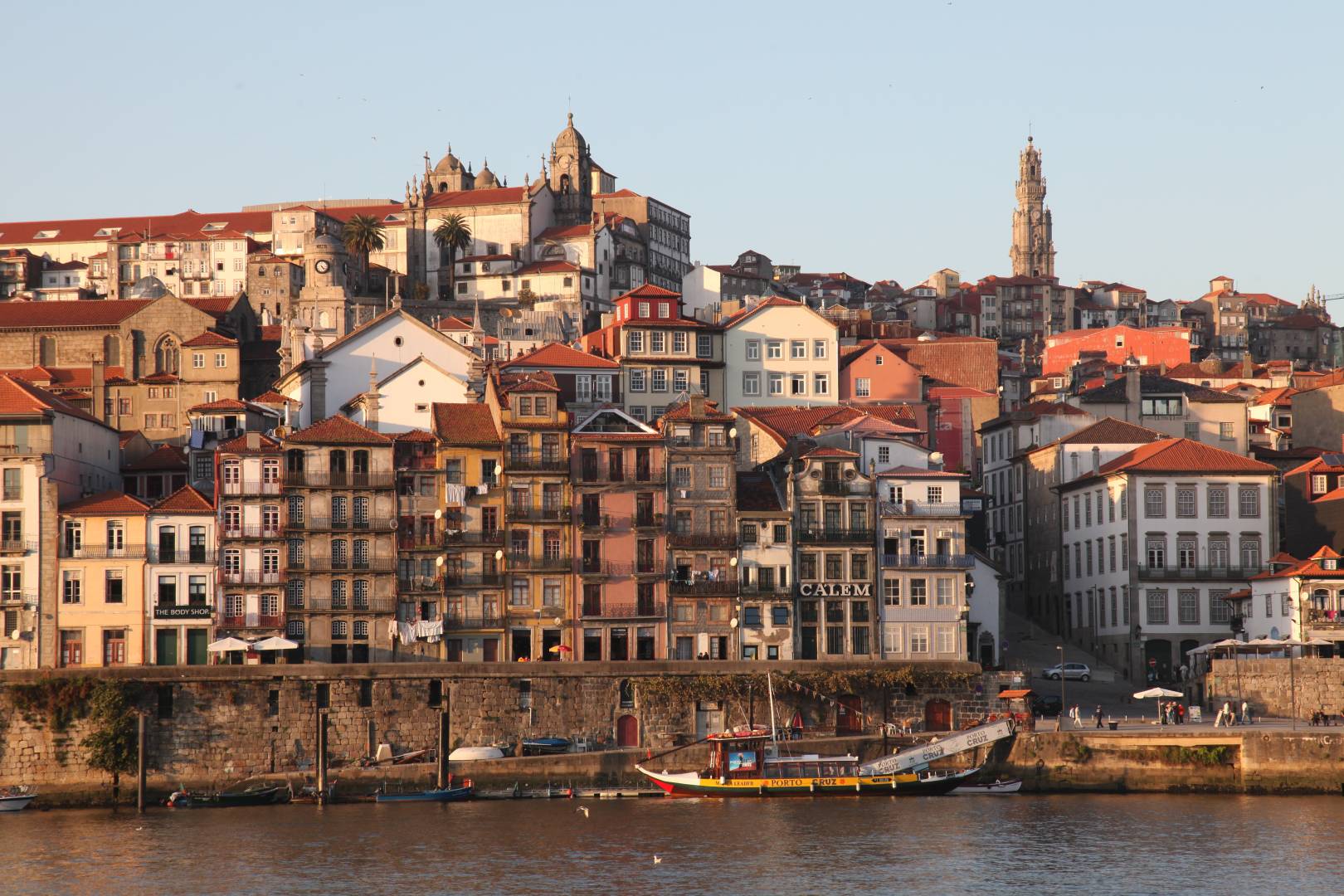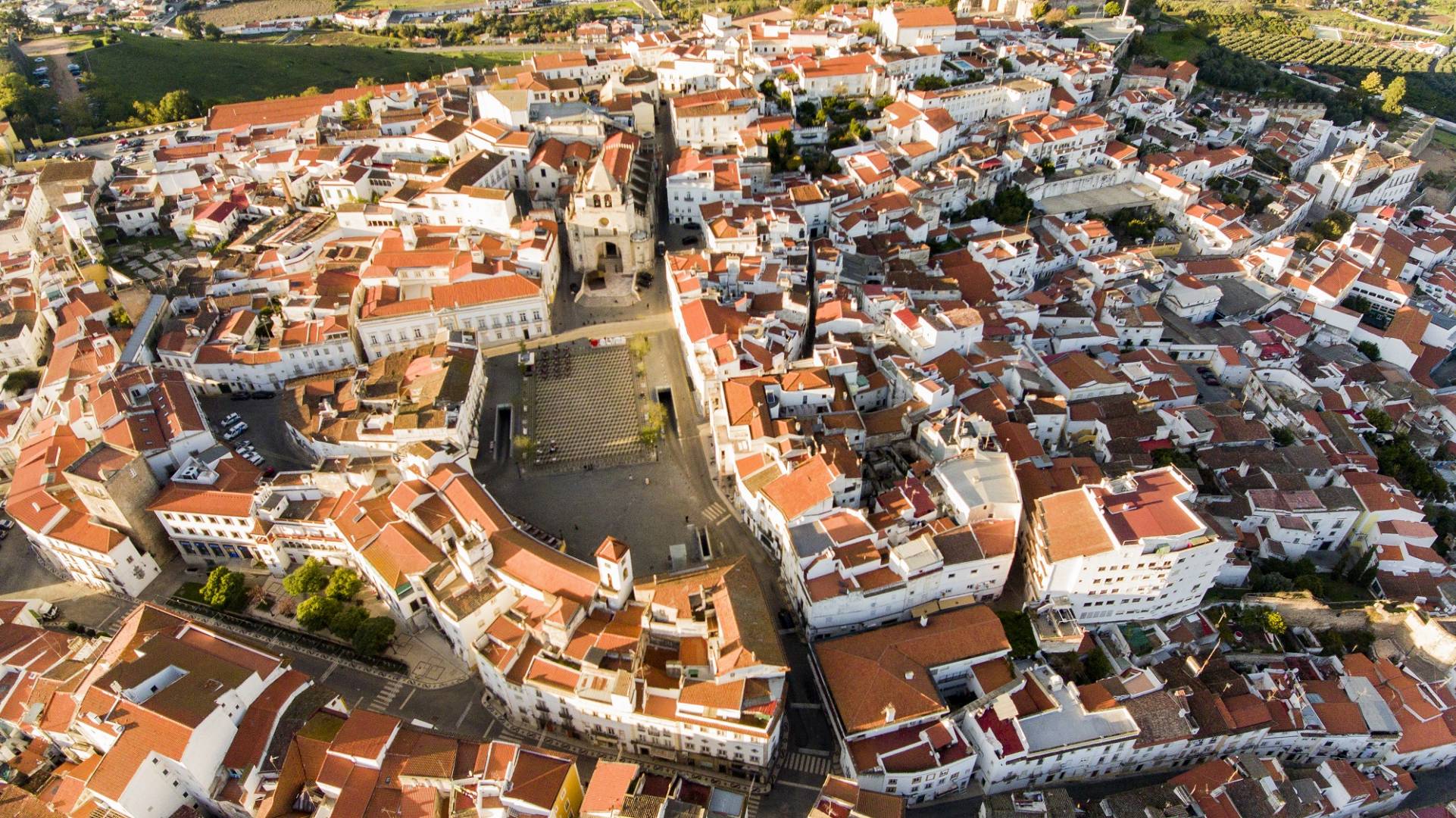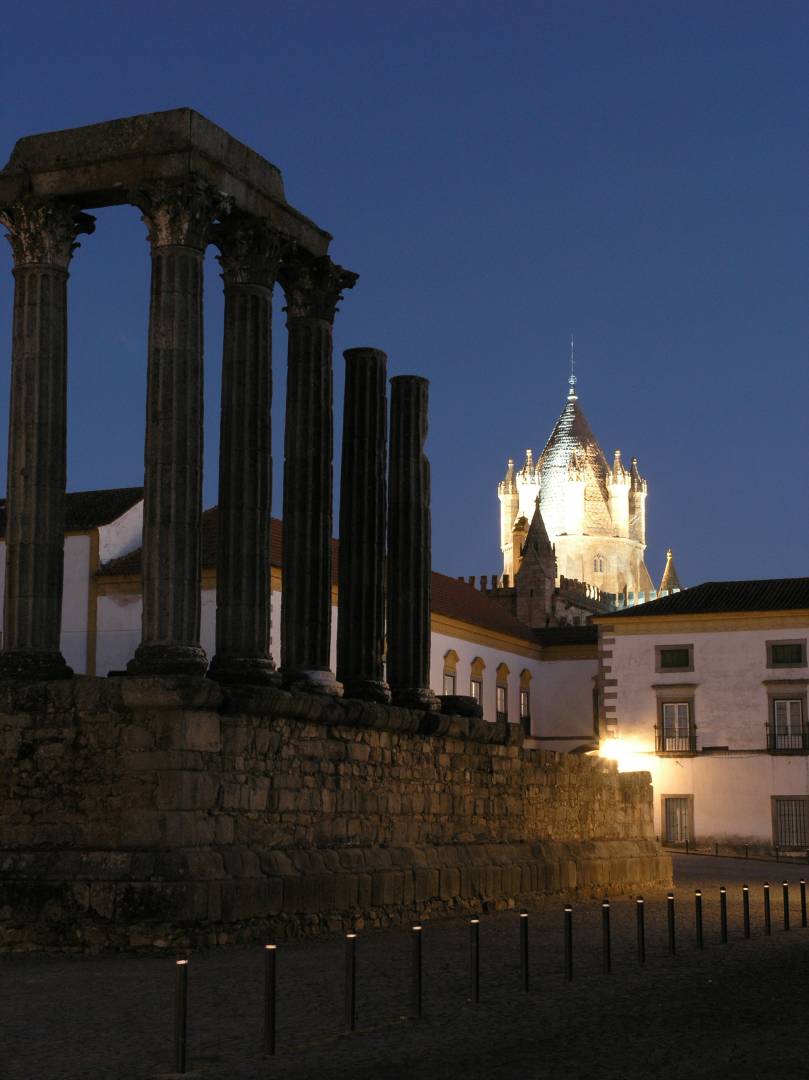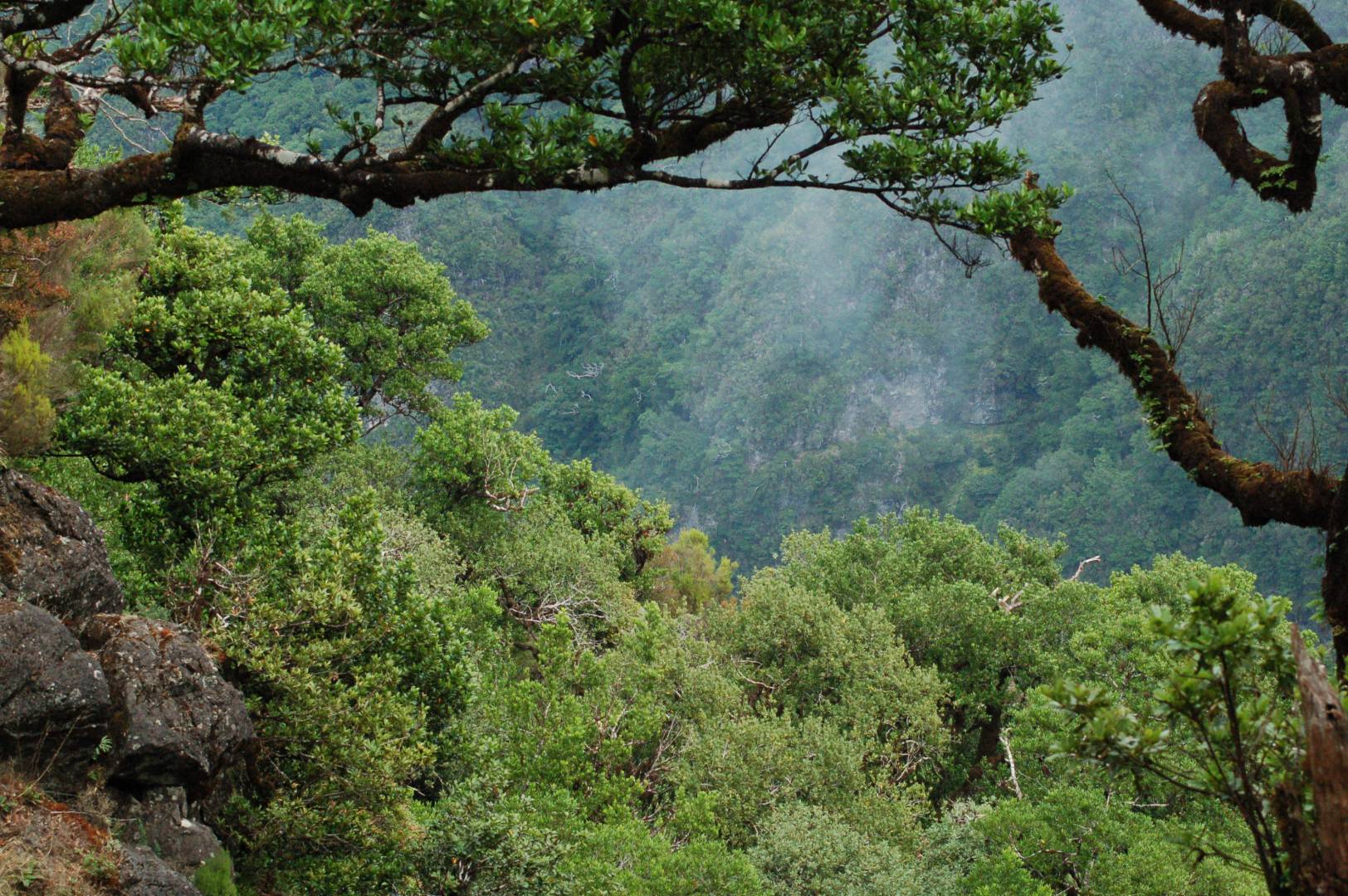Portuguese sites and cities classified as World Heritage
Embark with All About Portugal on a journey full of history and a thousand charms, through cities and sites in Portugal that are part of the World Heritage by UNESCO.
They are part of the history of Portugal and identify us as a people, but they are not just ours… they belong to the world! Among charming historic centres, centuries-old monuments full of history, ancient rocks transformed into works of art, magical forests and traditions that are lost in time, there are now 23 Portuguese cultural sites and manifestations that UNESCO has distinguished as Cultural, Natural or Intangible Heritage of Humanity. This time, All About Portugal suggests a tour of cities and places that, due to their unique characteristics, deserved the distinction of World Heritage. From north to south of the country, passing through the islands, be dazzled by the best that Portugal has given to the world.
Guimarães Historic Centre

When, in 2001, UNESCO classified its Historic Centre as a World Heritage Site, Guimarães already occupied a unique place in the History of Portugal. It was there, after all, in a then small medieval agglomeration protected by a modest castle, that, in 1109, the first king of Portugal, Afonso I, also called Afonso Henriques, was born. Be sure to visit the Castle and Palace of the Dukes of Braganza and fall in love with the city's unique atmosphere, a mix of history and contemporaneity.
Historic Centre of Porto

The colourful houses that cascade to the Douro, the Dom Luís I bridge, the Port wine cellars and Rabelo boats, the Fernandina wall (or what little remains of it), the Cathedral, the Palácio da Bolsa (Stock Exchange Palace), the São Bento Station or the Clérigos Tower are some attractions you will find in the Historic Centre of Porto, which, in 1996, UNESCO distinguished as a World Heritage Site. It is the mandatory starting point for anyone visiting the city known as the Invicta. Ready to fall in love?
Wine Region of Alto Douro

The landscapes, people and flavours of the Portuguese wine region known as Alto Douro Vinhateiro seem to be embedded in the memory of those who visit it. A unique and fascinating example of the ingenuity and work of Man in the difficult balance with Nature, it was in 2001 recognized by UNESCO as a World Heritage Site. Delight in the landscape, made up of steep slopes, colourful vineyards designed rigorously and impeccably, and farms and small palaces where, for centuries, the best Port wine in the world has been produced.
Rock Art of the Côa Valley

20,000 years ago, on the banks of the Côa River, thousands of schist rocks served as a screen for the creativity of our Palaeolithic ancestors. The engravings were discovered during the construction work of a dam that did not come to be. Faced with such an incalculable treasure, UNESCO hastened to classify, in 1998, the rock art complex in the Côa Valley as a World Heritage Site. However, in 2010, a Museum was born that is an absolute must-visit.
Sintra Cultural Landscape

A setting worthy of any fairy tale, resulting from the perfect symbiosis between nature and the hand of Man, Sintra inaugurated, in 1995, the UNESCO category “Cultural Landscape”. Monuments such as the Pena Palace, the National Palace or the Quinta da Regaleira, built in the middle of hills, lush gardens and enchanting forests, make “Monte da Lua” the most romantic and magical destination. Sweeten the tour with a Travesseiro or a Queijada, typical sweets from the region.
Garrison Border Town of Elvas

Located a few kilometres from Badajoz (Spain), they were the scene of decisive battles in the border wars that followed the Restoration of Independence in 1640, and have been, since 2012, a World Heritage Site. The bastioned walls of Elvas, easily recognized by their curious star shape, constitute the largest and best-preserved bastioned fortress in the world. Inside, be dazzled by the charm of the Historic Centre and the imposing military and religious buildings.
Évora Historic Centre

A tour of the Historic Centre of Évora is an irrefutable invitation to travel to a distant and fascinating past. Within the 18th century walls, the city-museum has been able to resist the passage of time, preserving all its charm and the richness of its heritage. Visit it on foot, going through the narrow alleys and always paying attention to the details that tell stories from many centuries. Be dazzled by the Giraldo Plaza, the imposing Roman Temple or the “scary” Capela dos Ossos (Chapel of Bones).
Laurissilva Forest of Madeira

It is one of the last ancestral forests in the world, covering 20 percent of the surface of the island of Madeira. Venture on a walk along the paths and levadas that cross the Laurissilva Forest, a Natural Heritage of Humanity since 1999. Be amazed by the hundreds of shades of green that cover steep cliffs and deep valleys, discover spectacular waterfalls and lakes, find animals never before seen and try to guess the age of the secular trees.
Historic Centre of Angra do Heroísmo

It drank from the influence of the different people and cultures that passed through there in transit to other places. The enchanting tangle of streets and alleys in the Historic Centre of Angra do Heroísmo, on Terceira Island, is a reflection of this universal legacy, reflected in the architecture of the buildings, monuments, squares and gardens. A World Heritage Site since 1983, it has known how to resist the passage of time and the relentless force of nature. The São Sebastião Fortress, the Cathedral or the Capitães-Generais Palace are real treasures to discover.
Pico Island Vineyard Landscape

Pico's wines are as fascinating as the vineyards where they are produced. On this island of the Azores Archipelago, where nature is harsh, the vines are planted on the lava floor, in small rectangles separated from each other by stone walls that protect them from the wind and tides. The result is an extraordinary patchwork quilt painted in green and black, testimony to the ancestral practices that survive to this day, albeit less active. It is a World Heritage Site since 2004.
Recommended
